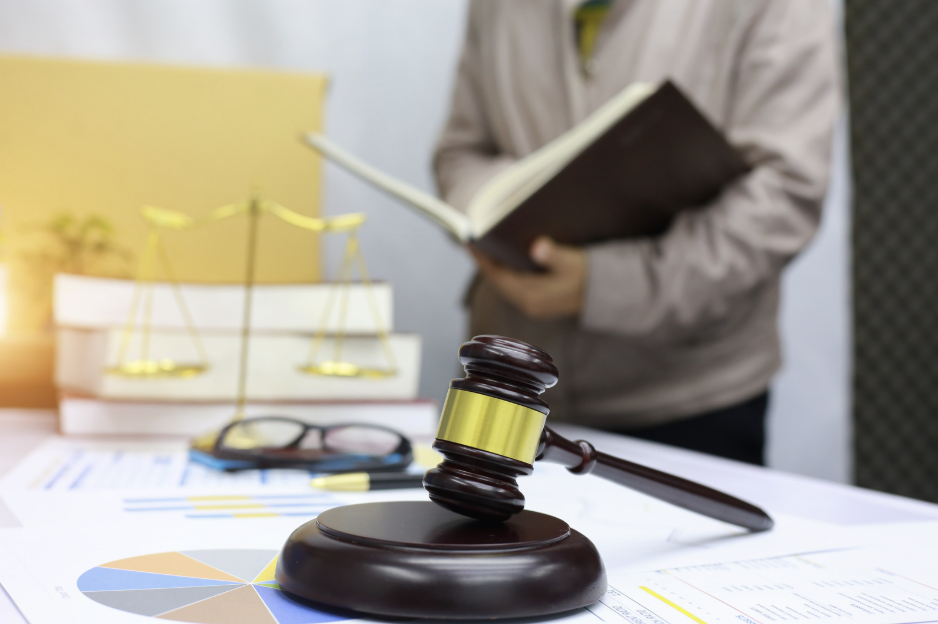Received a demand for payment over an image on your website? You’re not alone. It’s becoming increasingly common for newsrooms to be contacted by third-party copyright enforcement agencies claiming a photo or graphic has been used without permission. These agencies typically send an email alleging copyright infringement—sometimes with a hefty fee attached.
Not all claims are legitimate though, and even legitimate ones may be open to negotiation or correction. Here’s how to work out what’s real, what’s not, and what steps to take next.
How these notices are triggered
If you’re wondering how you ended up on someone’s radar, you’re not alone. These notices often come out of the blue—but there’s usually a system behind them.
Many rightsholders like Reuters or AFP have enlisted third party copyright enforcement agencies to monitor the internet for the allegedly unlicensed use of the rightsholders materials (usually graphics or photographs).
These third-party agencies will scour the internet matching images or text against a database of content supplied by rightsholders. Where there is a match, a letter of demand will be generated and sent to the website owner.
These notices can look official, but the agencies themselves are not law firms and are often based overseas. However, some of the larger ones have relationships with Australian legal firms, meaning matters can escalate if not addressed.
How to recognise a legitimate vs scam claim
Scam emails can look convincing—especially when they mention legal action or demand payment. Here’s a quick checklist to help you work out if the claim is real:
1. Check who they say they represent: Visit the website of the rightsholder they are claiming to represent and look for a statement about partnerships with enforcement agencies. If there’s no mention of the agency, proceed with caution. Here are examples from Reuters and AFP
2. Look at the sender’s email address: Legitimate agencies will usually email from a company domain. If it comes from a free webmail address (Hotmail, Yahoo, Gmail) then it may not be legitimate.
3. Watch for common scam red flags:
- Poor grammar or oddly formal language
- Strange or mismatched URLs
- Pressure to act immediately or threats of legal action within 24–48 hours
- Attachments or links you didn’t expect—don’t click until you’ve verified the sender
The Australian government’s Scamwatch website gives more information about how to detect email scams.
What should I do if the organisation making the request is legitimate?
First of all, don’t ignore it. Even if you think the claim might be wrong, it’s important to respond. Acknowledge the email and let them know you’re investigating the matter. If you need more time or information, ask for it. Ignoring the correspondence won’t make it go away.
From there, follow these two steps:
1. Confirm the image and your rights
- Is the image still on your website? Check the URL or article they’ve linked to, and search your archives if needed. If the image isn’t there—or never was—you may be able to challenge the claim.
- Did you have permission to use it?
- Did you receive the image as a handout as part of a PR pack?
- Did you use the image under a creative commons licence?
- Did you purchase the rights to the image?
- Was the image taken by your own staff or contributors?
- Did you obtain written permission to use the image?
- Even if you had a licence or permission, check:
- Has it expired?
- Was it for limited use (e.g. digital use only)?
- Was it limited to certain platforms or timeframes?
- Do the rightsholders match? If your licence was with one agency, but the enforcement claim is from another, that may be a red flag worth querying.
2. Check for legal defences or exemptions
Some uses (such as reporting news, parody, or criticism) may be covered under the “fair dealing” exemptions of the Copyright Act.
Read this blog post on avoiding infringing copyright for more on fair dealing.
This area can be complex — it’s best to seek legal advice to assess whether the exception applies in your case.
Should I remove the image?
If the claim is legitimate, taking the image down can help reduce ongoing exposure—but it won’t necessarily resolve liability for past use. Still, it’s often a sensible first step while you assess your position or seek legal advice.
As we explained in our article on avoiding copyright infringement, if you’re relying on the fair dealing exemption to use images in news stories, it’s important to follow standard news cycle practices. While there’s no fixed rule, a 7–10 day window is generally accepted as reasonable. Once that period has passed, the image should be removed—even from archived articles—to reduce the risk of ongoing infringement.
Should I pay the fees they’re asking?
It depends.
The right response varies based on:
- whether you had permission or a valid defence
- how the image was used
- the amount they’re demanding
- whether the claim appears fair and proportionate.
Seek legal advice before agreeing to pay—many fees are negotiable, especially if the use was unintentional or if the agency is based overseas.
Protect your newsroom from future claims
It’s worth taking a moment to review your newsroom’s systems and workflows to help prevent future copyright issues.
- Do you know where your images are coming from?
- Are staff trained on how to source and credit content correctly?
- Are licences and permissions clearly recorded and easy to check?
- Do you have a system for removing images after a news cycle?
If you’re not sure, or want a refresher, read our blog post on how to avoid infringing someone’s copyright — it covers where to source images safely, how Creative Commons licences work, and what measures to put in place to protect yourself.

